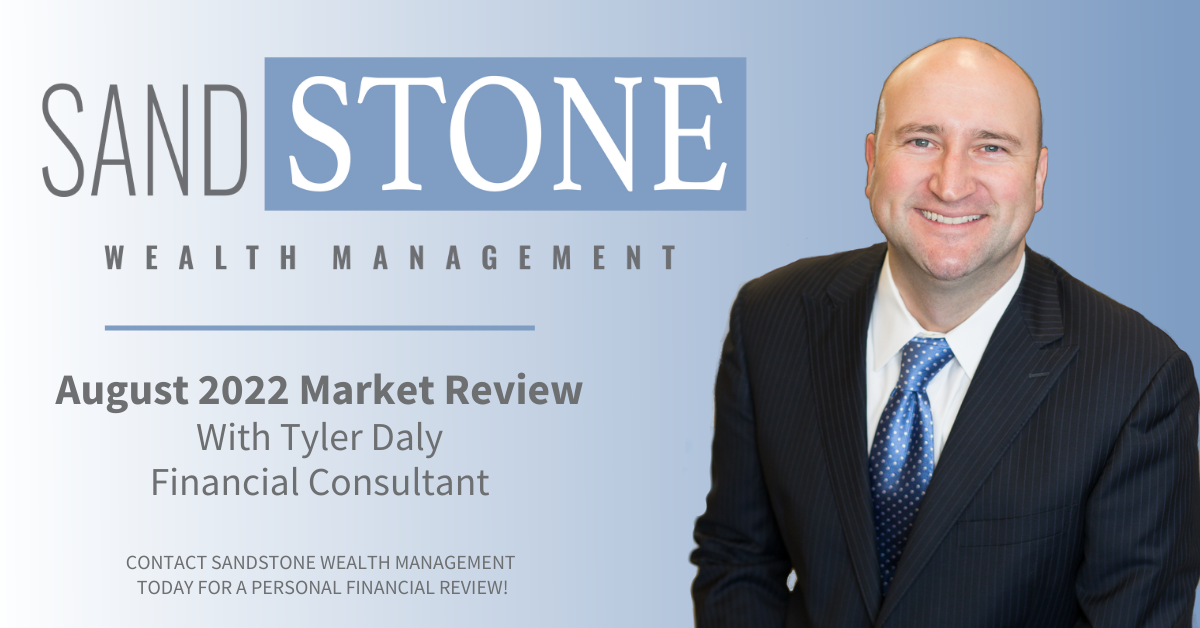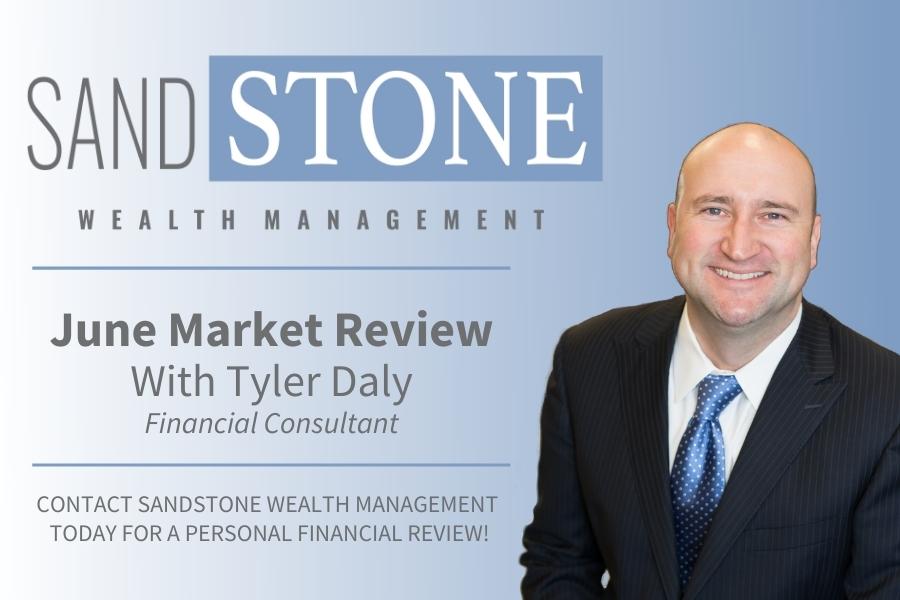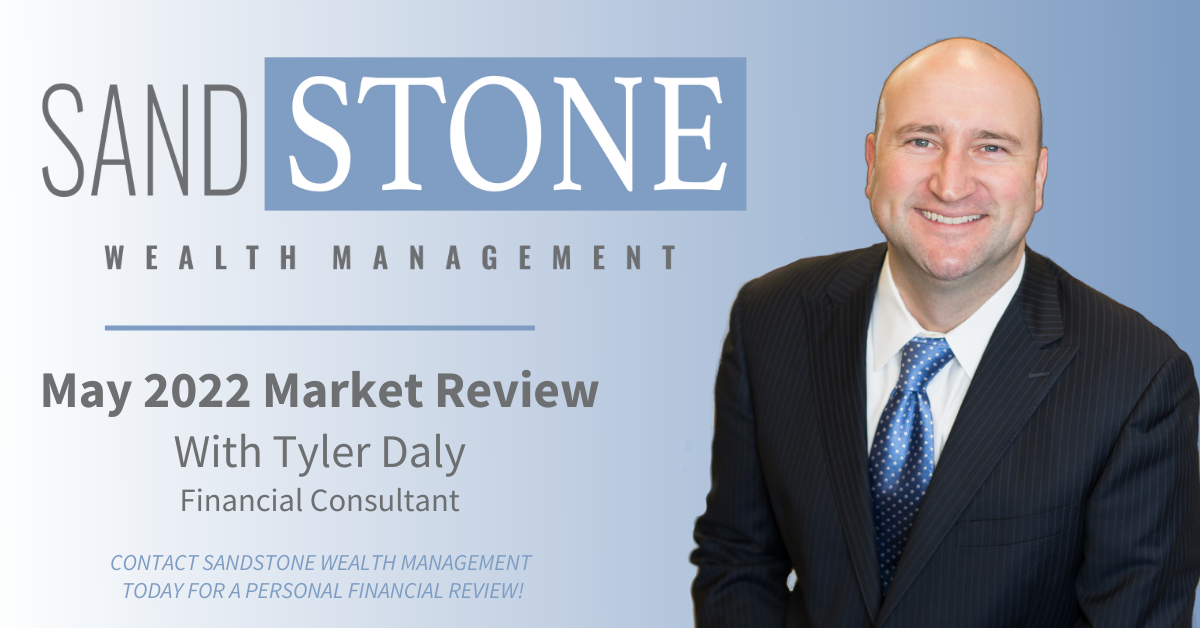
After a year or so of upward price momentum, exceptionally low volatility and record highs, the domestic stock market slipped in and out of correction territory at the beginning of the month and continued to zig and zag until the last minute of trading. At the same time, the 10-year Treasury yield rose to a high of 2.94%, and investors became concerned over the potential pace of wage growth, its impact on inflation and interest rates, and in turn its influence on future monetary policy. The concern was that rising inflationary pressures could cause the Federal Reserve to tighten too quickly, and potentially upset economic conditions. Some of this concern should be alleviated by the strong fourth quarter earnings we’ve seen. The Tax Cut and Jobs Act, a strong global economy, and a weaker U.S. dollar are additional tailwinds for equities, according to Raymond James Chief Investment Strategist Jeff Saut.
The pullback was the first real test of investors’ resolve in recent memory. Long-term investors have seen this happen time and again. In fact, the broad market S&P 500 Index has experienced a pullback of 15% on average each year since 1980, according to Senior Equity Portfolio Analyst Joey Madere. Volatility is likely to return to more normal levels this year, he added.
“One would expect either some kind of pause, or even better, some kind of pullback to rebuild the stock market’s internal energy,” Saut explained. “Plainly, the fundamentals remain excellent with earnings estimates continuing to ratchet up, revenues trending higher and a stronger economy. And while interest rates have increased, they have done so in a very orderly fashion.”
The major indices, namely S&P 500, NASDAQ and the Dow Jones Industrial Average, slipped in the last few days of the month, although they remain in positive territory year to date.
| 12/29/17 Close | 2/28/18 Close | Change | Gain/Loss | |
|---|---|---|---|---|
| DJIA | 24,719.22 | 25,029.20 | +309.98 | +1.25% |
| NADSAQ | 6,903.39 | 7,273.01 | +396.62 | +5.35% |
| S&P 500 | 2,673.61 | 2,713.83 | +40.22 | +1.50% |
| MSCI EAFE | 2,050.79 | 2,070.37 | +19.58 | +0.95% |
| Russell 2000 | 1,535.51 | 1,512.45 | -23.06 | -1.50% |
| Bloomberg Barclays Aggregate Bond |
2,046.37 | 1,999.70 | -46.67 | -2.28% |
Performance reflects price returns as of 4:30 EDT on Feb. 28, 2018. The EAFE reflects the previous day's close.
Here is a look at what’s happening in the economy and capital markets, as well as key factors we are watching:
Economy
- The Bureau of Labor Statistics January Employment Report showed nonfarm payrolls increased by 200,000, while the unemployment rate held steady at 4.1%.
- There was a smooth transition as Jerome Powell took the helm of the Federal Reserve from Janet Yellen. Fed decisions remain data dependent, a familiar refrain from the central bankers, explains Chief Economist Scott Brown.
- The labor market and inflation continue to be areas of focus as the Fed mulls monetary policy decisions.
Equities
- World stock markets began the month in turmoil, and the resultant correction gave investors their first real bout of downside volatility in over a year, explains Senior Research Associate Andrew Adams.
- The weakness was more of an overdue trading event, in Adams’ view, rather than concern about the health of the secular bull market, so his team remains constructive on U.S. stocks even with heightened volatility.
- Through the volatility, technology outperformed; financials and consumer discretionary held up very well; and the interest-rate sensitive sectors (e.g., utilities, telecom, real estate and consumer staples) showed weaker trends. Energy was the worst-performing cyclical sector despite crude oil prices sitting above $60 a barrel.
- Recent years have seen water scarcity issues in South Africa; California; Flint, Michigan; and Gujarat, India. There is a need to boost investment in water infrastructure – a theme that long-term investors may want to consider, suggests Energy Analyst Pavel Molchanov.
International
- International equity markets also were volatile in February but most markets were off their 2018 lows by the end of the month, assisted by a generally solid corporate earnings season, according to European Strategist Chris Bailey.
- In Europe, political discussions remain at the fore with important updates on the status of the proposed German grand coalition and the results of the Italian general election slated for early March.
- Meanwhile, the Brexit debate continues in the UK.
- In Asia, there were lowered geopolitical risks due to Olympics-related diplomacy supplemented by generally positive economic data out of influential countries, such as China and Japan.
Fixed Income
- There are several factors simultaneously pushing and pulling on interest rates, potentially offsetting a significant directional move. The Tax Cuts and Jobs Act looks to free capital for corporations, lower price-to-earnings ratios and potentially increase revenues, all with the potential to promote future economic growth. Global central banks continue to purchase bonds in the open market, yet proclaim a soon-to-be reduction. At the same time the Fed is reducing its balance sheet and positioning to raise domestic rates at least a couple of more times this year. If these events continue to clash, interest rate movement may be dulled.
- The municipal curve value points have increased in the intermediate area. In the past month, Treasuries have outperformed high-quality municipal bonds, resulting in a widening of municipal to Treasury spreads in the 5- and 10-year points, notes Doug Drabik, Senior Vice President, Fixed Income Services Group.
- Global bond yields are following U.S. yields higher and this reinforces the need to understand the components of your portfolio and how they fit into your long-term financial plan.
Bottom Line
- Inflation and interest rates remain low from a historical standpoint, but are likely to move higher over the course of the year, potentially causing additional bouts of volatility.
- Given the strong economic and earnings backdrop, pullbacks should be normal in nature and viewed opportunistically.
- In the meantime, a well-diversified portfolio geared toward achieving your long-term goals should allow you to participate in upside potential as well as serve as a ballast for any short-term volatility that may arise in the coming months.
Please let me know if you have any questions about current market events or how to position your long-term financial plan for the months ahead. I look forward to speaking with you.
Sincerely,
Tyler Daly
Financial Advisor
Raymond James Financial Services, Inc.
*Investing involves risk, and investors may incur a profit or a loss. Past performance is not an indication of future results and there is no assurance that any of the forecasts mentioned will occur. Investors cannot invest directly in an index. The Dow Jones Industrial Average is an unmanaged index of 30 widely held stocks. The NASDAQ Composite Index is an unmanaged index of all common stocks listed on the NASDAQ National Stock Market. The S&P 500 is an unmanaged index of 500 widely held stocks. The MSCI EAFE (Europe, Australia, Far East) index is an unmanaged index that is generally considered representative of the international stock market. International investing involves additional risks such as currency fluctuations, differing financial accounting standards, and possible political and economic instability. These risks are greater in emerging markets. The performance noted does not include fees or charges, which would reduce an investor's returns.
©2018 Raymond James Financial Services, Inc., member FINRA/SIPC. Securities offered through Raymond James Financial Services, Inc., member FINRA/SIPC, and are not insured by any financial institution insurance, the FDIC/NCUA or any other government agency, are not deposits or obligations of the financial institution, are not guaranteed by the financial institution, and are subject to risks, including the possible loss of principal. Raymond James is not affiliated with the financial institution or the investment center.

Tyler has been in the financial services industry since 2004 and with Sandstone Wealth Management and Heartland Bank since 2009. He is Series 7, 66 and Insurance licensed to assist his clients with all their investing, financial planning, and insurance needs. Tyler was recently named to the Forbes List of America's Top Next-Generation Wealth Advisor, which recognizes advisors from national, regional, and independent firms. Tyler graduated from the University of Nebraska-Lincoln with a Bachelor’s Degree in Diversified Agriculture and was born and raised in the Nebraska Sandhills. This gives him an intimate knowledge and understanding of his farming and ranching clients. Tyler is married to Rachel, who earned her Doctorate of Pharmacy from the University of Nebraska. They have two children, Camilla and Cooper. Away from business, he enjoys officiating high school basketball in the winter as well as golfing and team roping in the summer.



.png)

.jpg)

.jpg)

.png)



